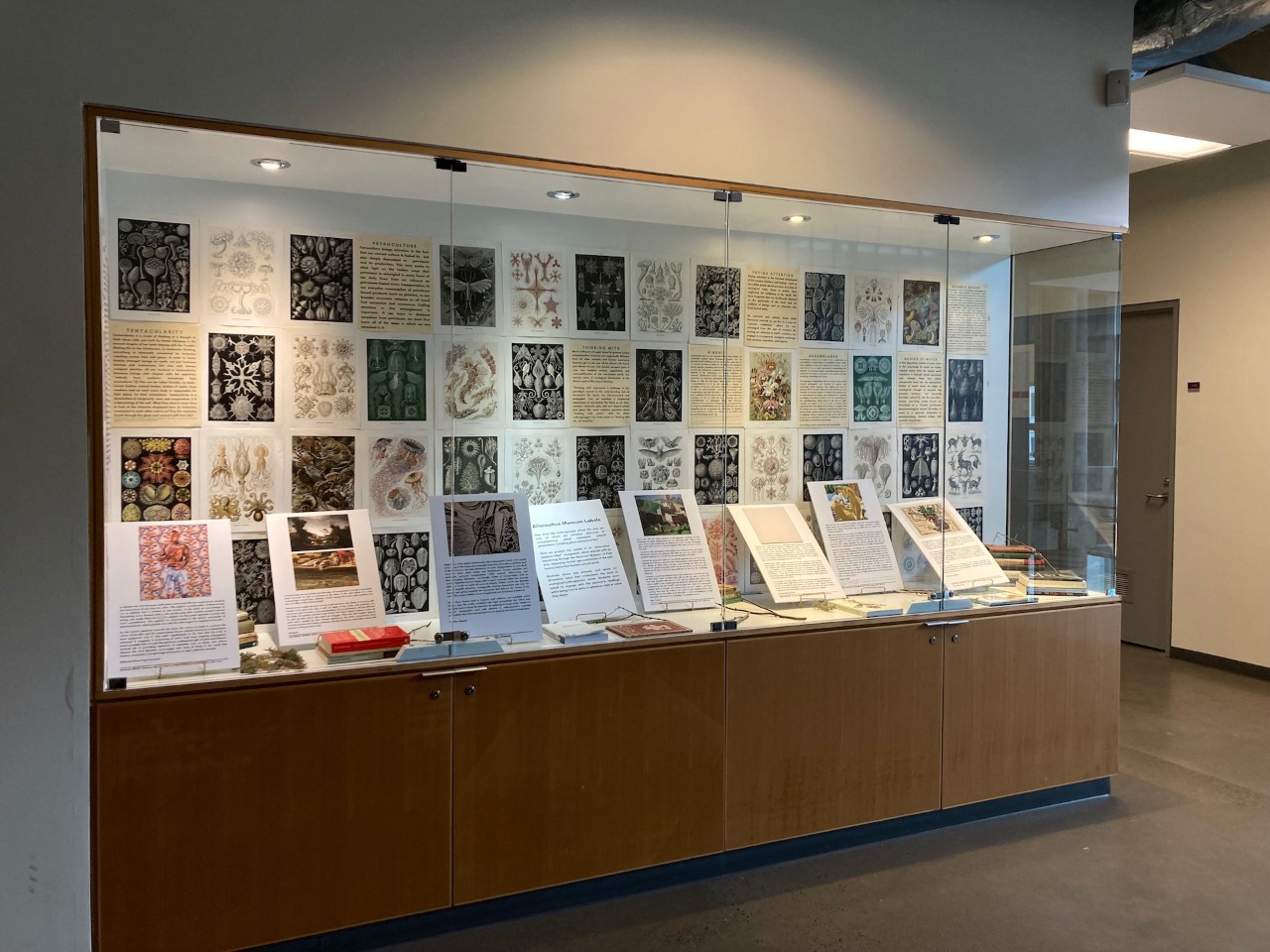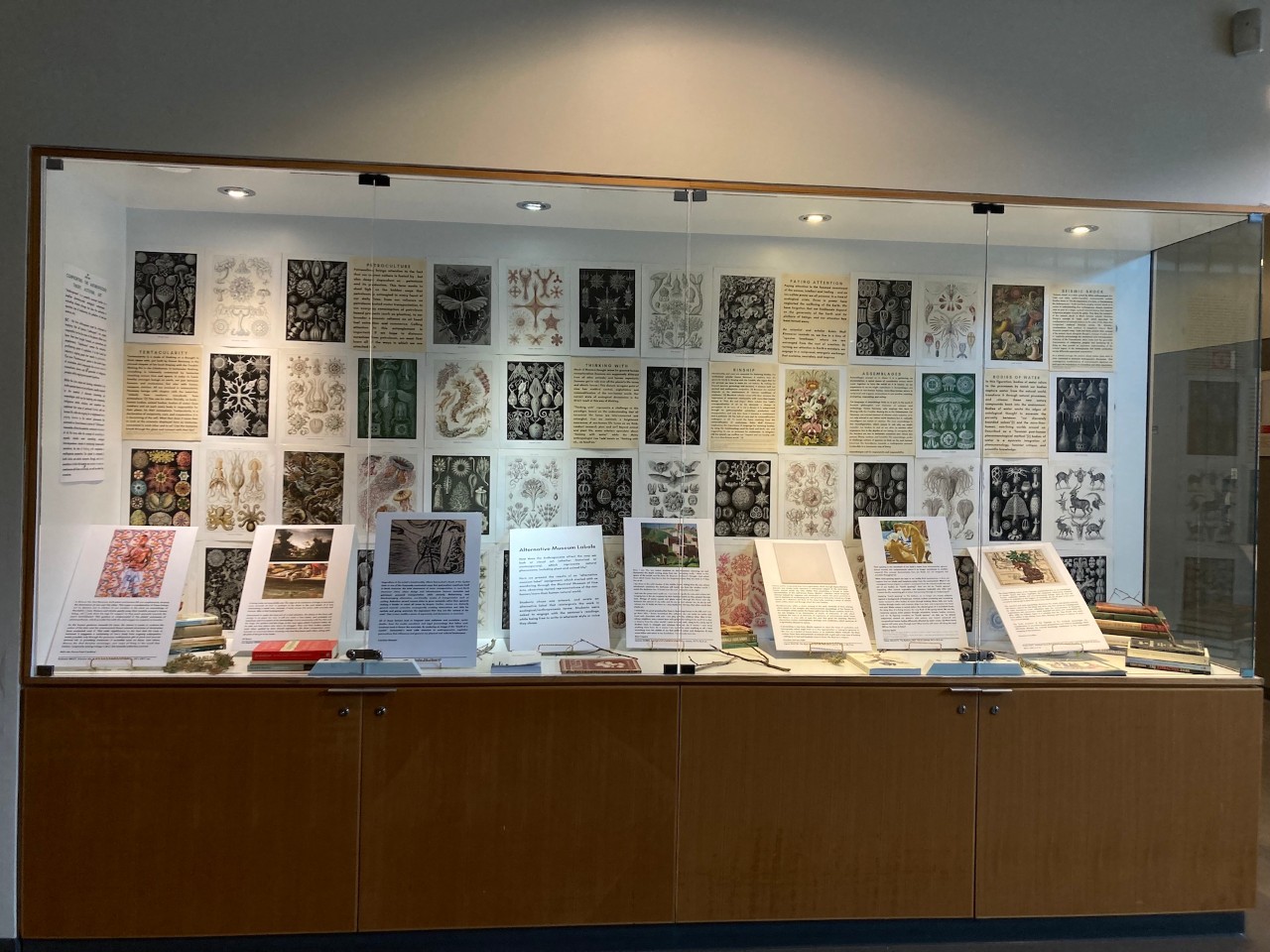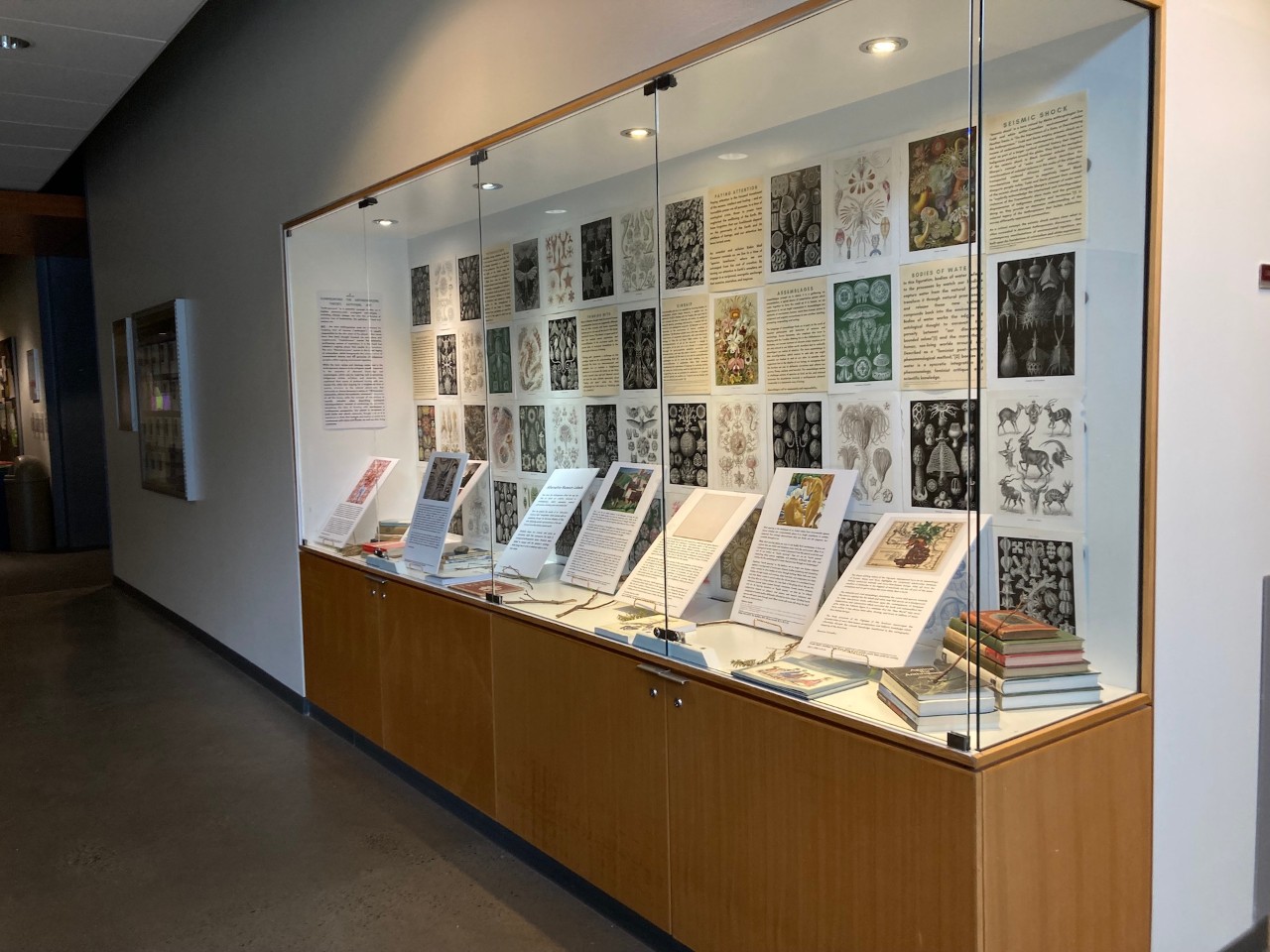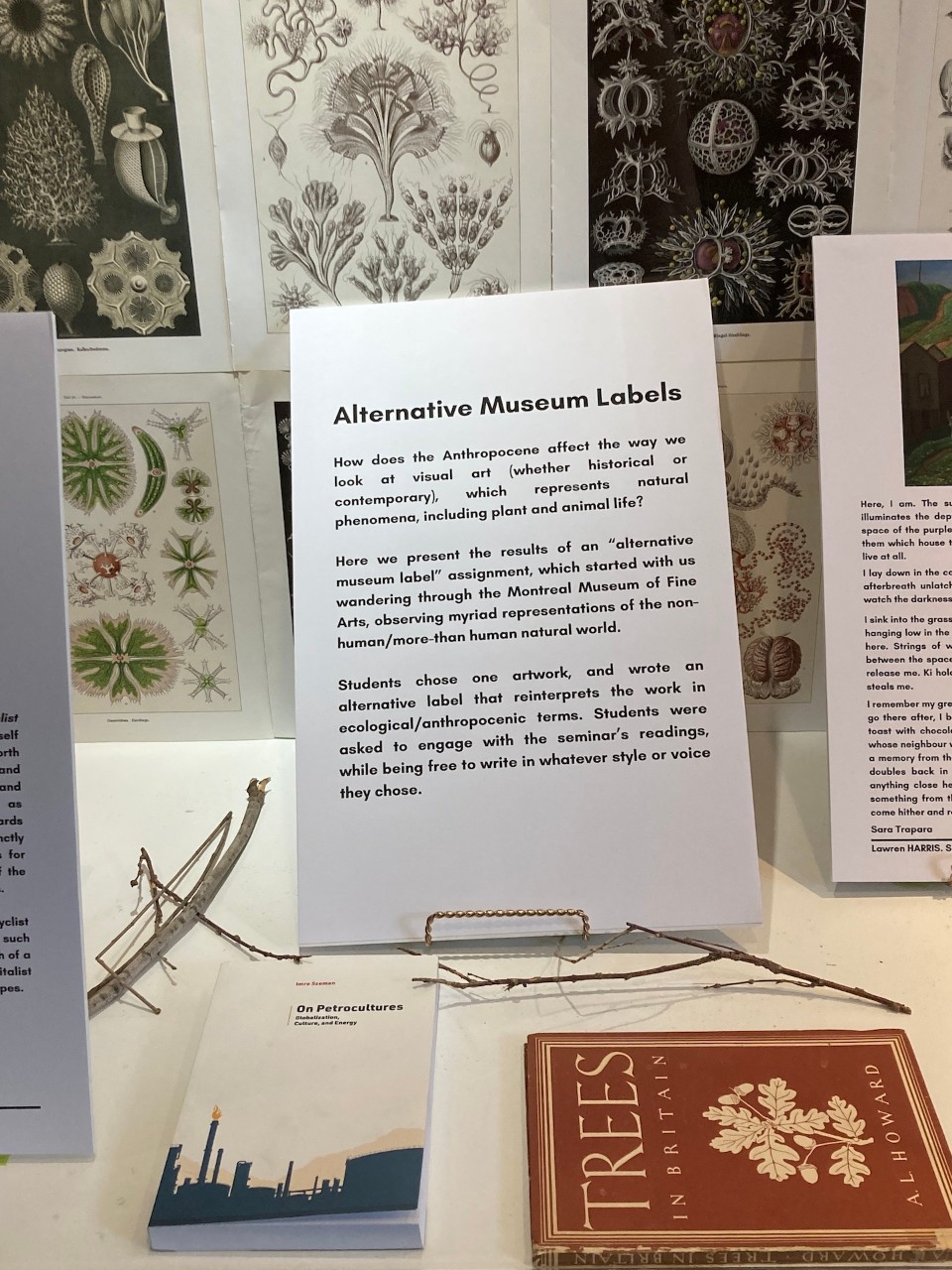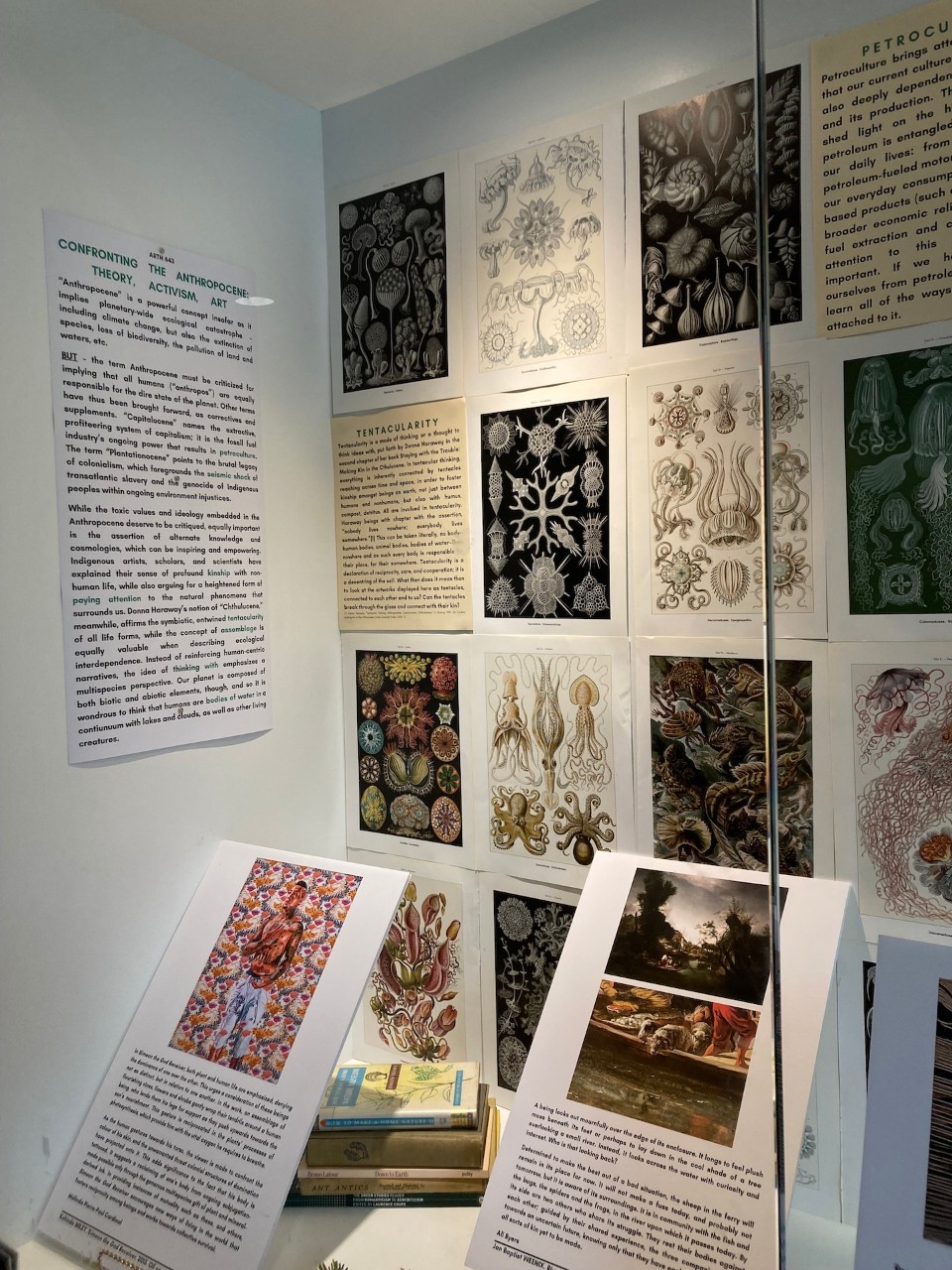ARTH 643 Confronting The Anthropocene: Theory, Activism, Art
Summer 2023
“Anthropocene” is a powerful concept insofar as it implies planetary-wide ecological catastrophe – including climate change, but also the extinction of species, loss of biodiversity, the pollution of land and waters, etc.
BUT – the term Anthropocene must be criticized for implying that all humans (“anthropos”) are equally responsible for the dire state of the planet. Other terms have thus been brought forward, as correctives and supplements. “Capitalocene” names the extractive, profiteering system of capitalism; it is the fossil fuel industry’s ongoing power that results in petroculture. The term “Plantationocene” points to the brutal legacy of colonialism, which foregrounds the seismic shock of transatlantic slavery and the genocide of Indigenous peoples within ongoing environment injustices.
While the toxic values and ideology embedded in the Anthropocene deserve to be critiqued, equally important is the assertion of alternate knowledge and cosmologies, which can be inspiring and empowering. Indigenous artists, scholars, and scientists have explained their sense of profound kinship with non-human life, while also arguing for a heightened form of paying attention to the natural phenomena that surrounds us. Donna Haraway’s notion of “Chthulucene,” meanwhile, affirms the symbiotic, entwined tentacularity of all life forms, while the concept of assemblage is equally valuable when describing ecological interdependence. Instead of reinforcing human-centric narratives, the idea of thinking with emphasizes a multispecies perspective. Our planet is composed of both biotic and abiotic elements, though, and so it is wondrous to think that humans are bodies of water in a contiunuum with lakes and clouds, as well as other living creatures.
